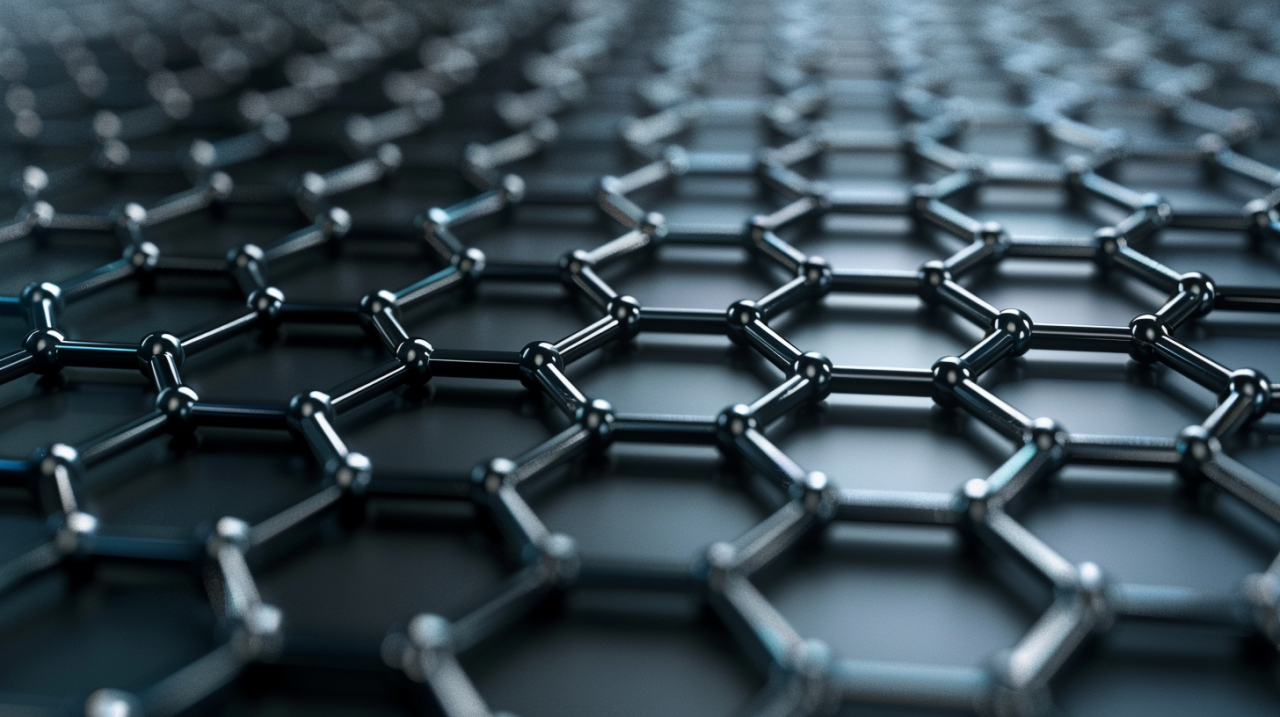The Role of Smart Materials Market in Sustainable Architecture: The Rise of Thermochromic Materials

Strong 8k brings an ultra-HD IPTV experience to your living room and your pocket.
Introduction
The Smart Materials Market has witnessed significant growth over the past decade, fueled by advancements in technology and the increasing demand for energy-efficient, sustainable solutions. These materials, often referred to as “active materials,” possess the unique ability to respond to external stimuli like temperature, light, or pressure. One of the most innovative applications of smart materials in the field of sustainable architecture is the use of thermochromic materials. These materials change color in response to temperature fluctuations, and when integrated into building designs, they can help reduce energy consumption, contributing to a more sustainable future.
What Are Thermochromic Materials?
Thermochromic materials are a type of smart material that changes color based on temperature. This ability to respond to temperature variations makes them ideal for a wide range of applications, especially in sustainable architecture. These materials can be incorporated into coatings, films, or even fabrics, and their ability to absorb and reflect heat can be utilized to optimize the energy performance of buildings.
The color change in thermochromic materials occurs through a reversible process, often caused by the alteration of the molecular structure of the material as its temperature changes. At lower temperatures, the material may appear one color, and as it heats up, the material transitions to a different hue. This dynamic process not only makes these materials visually appealing but also provides an innovative approach to energy management in buildings.
The Role of Thermochromic Materials in Sustainable Architecture
Sustainable architecture is centered around designing buildings that minimize environmental impact while maximizing energy efficiency and occupant comfort. Thermochromic materials offer a promising solution in this regard, as they can regulate heat absorption in buildings, ultimately leading to lower energy consumption. Here’s how these materials contribute to sustainability in architecture:
1. Energy Efficiency and Temperature Regulation
One of the primary advantages of thermochromic materials is their ability to regulate the heat absorption of a building. In hot climates, buildings can be exposed to intense sunlight, leading to increased internal temperatures. Traditional materials used in construction often absorb and retain heat, causing buildings to overheat and necessitating the use of air conditioning to maintain a comfortable indoor environment.
Thermochromic materials, on the other hand, change color in response to temperature fluctuations. When the building’s surface temperature rises, the thermochromic material can shift to a lighter color, which reflects more sunlight and reduces heat absorption. This helps maintain a cooler internal environment, reducing the need for energy-intensive air conditioning systems.
Conversely, during colder months, thermochromic materials can change to a darker color, allowing the building to absorb more heat from the sun. This passive heating method can reduce the reliance on artificial heating systems, contributing to lower energy consumption and a smaller carbon footprint.
2. Reducing Heat Island Effect
Urban areas often experience higher temperatures than surrounding rural areas due to the heat retention of buildings, roads, and other infrastructure. This phenomenon, known as the “urban heat island effect,” contributes to increased energy consumption and worsens air quality. Thermochromic materials can play a significant role in alleviating this issue by reducing the amount of heat absorbed by buildings.
When incorporated into the design of urban structures, thermochromic materials can reflect more sunlight during the hottest parts of the day, thereby reducing the overall temperature of the surrounding environment. By actively adjusting their color in response to temperature changes, these materials help mitigate the urban heat island effect, making cities more comfortable and sustainable.
3. Sustainability in Building Materials
In addition to their energy-saving benefits, thermochromic materials also contribute to the overall sustainability of building designs. Many thermochromic materials are produced using eco-friendly processes and can be made from renewable resources. As demand for sustainable materials continues to rise, the development of thermochromic materials aligns with global efforts to reduce the environmental impact of construction.
By incorporating these materials into various building components such as windows, facades, and roofing, architects and designers can create structures that are both energy-efficient and environmentally responsible. This shift towards more sustainable building materials supports the broader goals of reducing carbon emissions, conserving natural resources, and improving the quality of life in urban areas.
Market Potential and Growth of Thermochromic Materials
The potential applications of thermochromic materials extend far beyond architecture, with uses in textiles, automotive industries, and electronics. However, in the context of sustainable architecture, the growing demand for energy-efficient buildings is expected to drive the growth of thermochromic materials in the construction industry.
Several factors contribute to the expansion of the smart materials market, including advancements in material science, increased awareness of environmental issues, and supportive government policies promoting sustainability. As energy efficiency becomes a top priority for both residential and commercial buildings, the integration of thermochromic materials into architectural designs is likely to gain momentum.
Challenges and Limitations
Despite the promising benefits of thermochromic materials in sustainable architecture, there are several challenges to their widespread adoption. One of the main obstacles is the cost of production, as thermochromic materials can be more expensive to manufacture compared to traditional building materials. This could limit their use in large-scale construction projects unless the costs are reduced through technological advancements and economies of scale.
Additionally, the long-term durability of thermochromic materials remains a concern. As these materials undergo repeated temperature changes, their ability to maintain their color-changing properties over time could degrade. Continued research and development are essential to improve the longevity and performance of these materials in real-world applications.
Future Outlook and Innovations
The future of thermochromic materials in sustainable architecture looks promising, with ongoing research focused on improving their efficiency, durability, and cost-effectiveness. Innovations in nanotechnology, for example, could lead to the development of more advanced thermochromic materials that offer enhanced performance while maintaining environmental sustainability.
Moreover, as building regulations become stricter regarding energy efficiency and sustainability, the integration of smart materials like thermochromic coatings may become a standard practice in new construction projects. This trend is expected to play a crucial role in achieving global sustainability goals and mitigating the effects of climate change.
Conclusion
Thermochromic materials represent a groundbreaking innovation in the field of sustainable architecture. By changing color in response to temperature fluctuations, these materials can help regulate energy consumption in buildings, reduce heat absorption, and improve occupant comfort. While challenges such as cost and durability remain, ongoing advancements in material science and growing market demand will likely drive the wider adoption of thermochromic materials in architectural designs.
Note: IndiBlogHub features both user-submitted and editorial content. We do not verify third-party contributions. Read our Disclaimer and Privacy Policyfor details.







